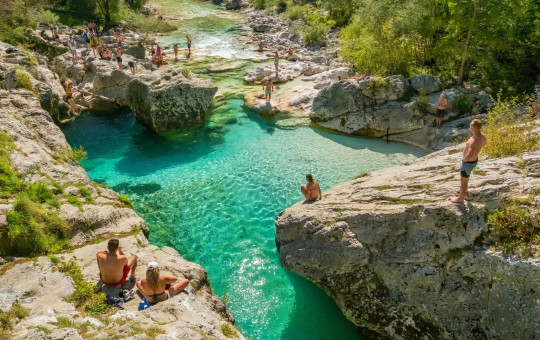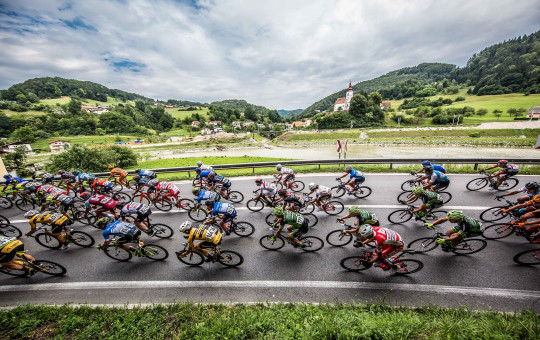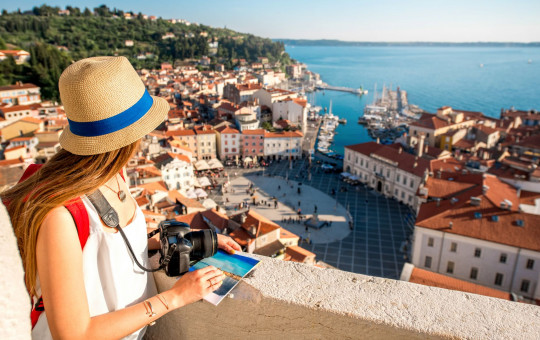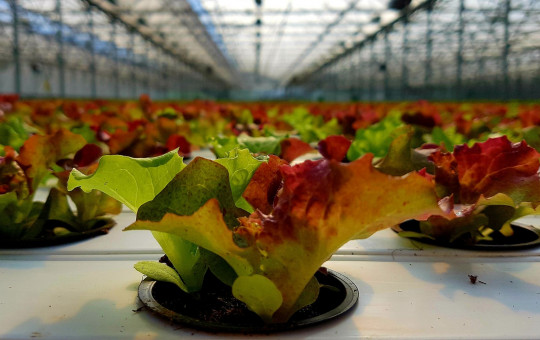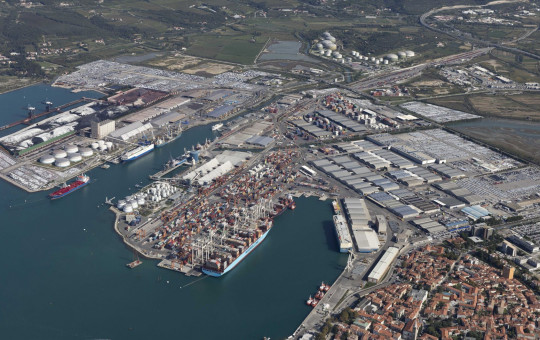More than half of Slovenia is forested, and over one-third of its territory is included in the Natura 2000 network.
The country has the highest number of beekeepers per capita, and it tops the list of countries in terms of the number of medals won at the Olympics per capita.
Small yet varied
Slovenia is a small EU Member State according to its size and population, but it is as varied as much larger Member States.
We used to emphasise that the population of our country was barely two million (this figure is now exceeded by a few tens of thousands) and that we had less than fifty kilometres of coastline (although this ranks us third among the countries with the shortest coastlines in the world).
During almost thirty years of independence, Slovenians have learned that being small is also an advantage, especially when such a small geographical area boasts such a variety of landscape.
Slovenia lies at the intersection of the Alps, the Mediterranean, the Pannonian Plain and the Dinaric Alps, which is a geostrategically important position and a gateway to the world. Slovenia can be travelled across in a day, and it takes even less time to travel from Ljubljana to neighbouring countries: 45 minutes to Austria, 1 hour to Italy, one and a half hours to Croatia and less than two hours to Hungary.
-
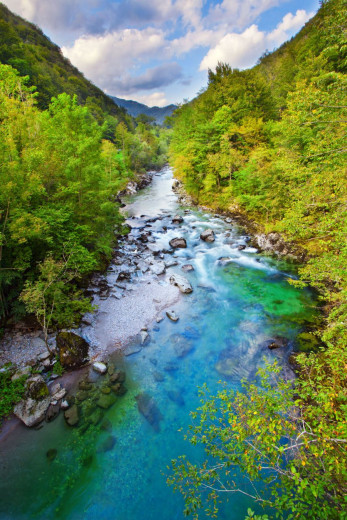
The Idrijca river is a valuable natural feature of national importance, which is part of the Natura 2000 area. Photo: Jošt Gantar/www.slovenia.info
-
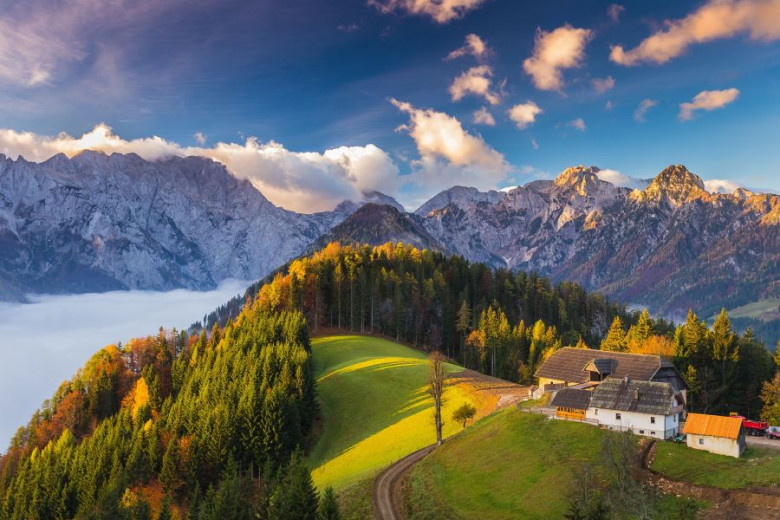
The Logar Valley is one of the most beautiful Alpine glacial valleys in Europe. It extends into the Kamnik-Savinja Alps from the north. Photo: Ana Pogačar/www.slovenia.info
-
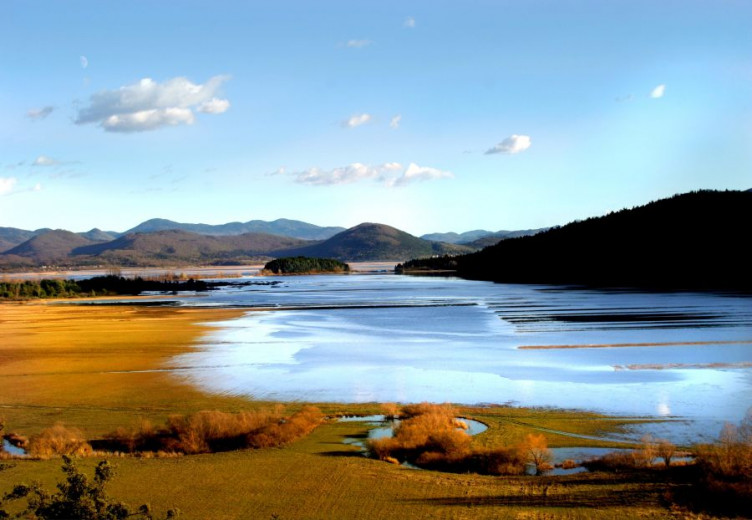
Lake Cerknica is one of the largest intermittent lakes in Europe. Photo: Notranjska regional park archives
-
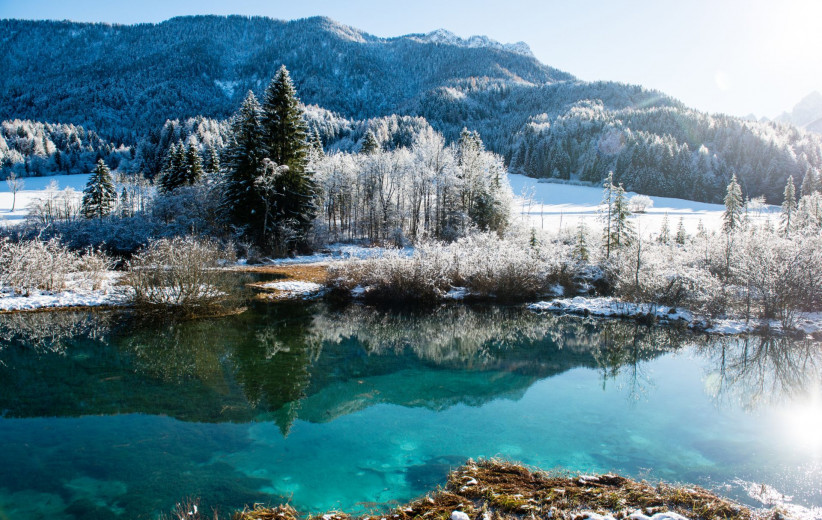
Zelenci natural reserve. Photo: AlenaPaulus-GettyImages/GulliverFilm&Foto
-
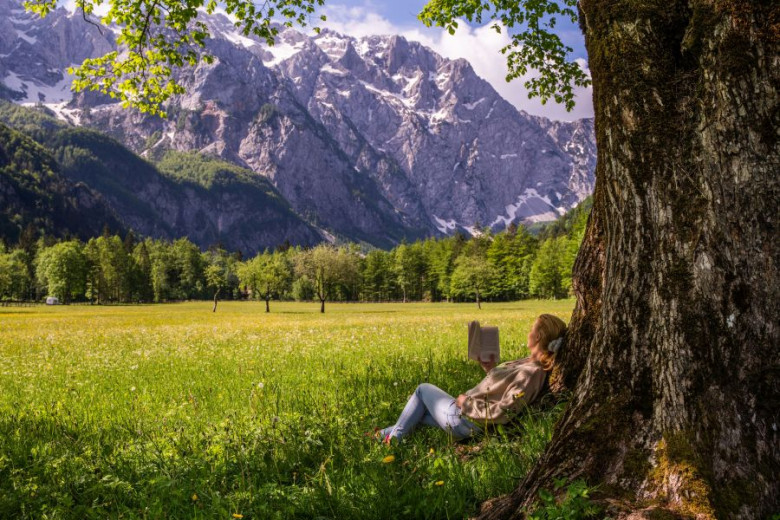
Green Slovenia. Photo: skynesher/ Getty Images
We love green, nature and leisure time
Green is the colour of Slovenian DNA. Slovenia can rightly be called a land of forests because almost 60% of its territory is wooded, making it the third-most-forested country in Europe after Sweden and Finland.
Slovenians like to boast about being as busy as bees, which is genuinely true because Slovenia is the most beekeeping-oriented country in the EU (it has almost five beekeepers per 1,000 people).
Slovenia is also one of the most environmentally friendly countries in the world. According to the Good Country Index, Slovenia ranks fourth among 153 countries in terms of its positive contribution to the planet and the climate.
Slovenia is a country with above-average biodiversity and is an absolute champion in terms of the number of animal and plant species per square kilometre. Slovenia's area accounts for 0.004% of the Earth's total area and 0.014% of the Earth's land area. Nonetheless, it is home to 1% of all known species and more than 2% of all terrestrial species.
Slovenia is home to as many as 3,119 native plant species and eighteen registered native animal species. For example, Slovenia has a native honeybee species, the Carniolan honeybee, and the Lipizzan horse breed was established in Lipica in the Slovenian Karst region in 1580. A breed native to the region is also the Karst shepherd, which is the only dog breed native to Slovenia.
-
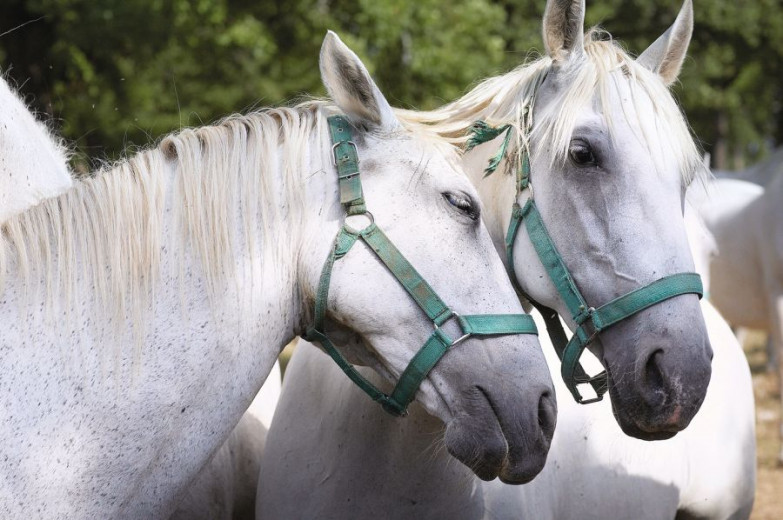
Lipizzaner horses are breed of horse originating in Lipica in Slovenia.Photo: Jakše Jeršič/www.slovenia.info
-
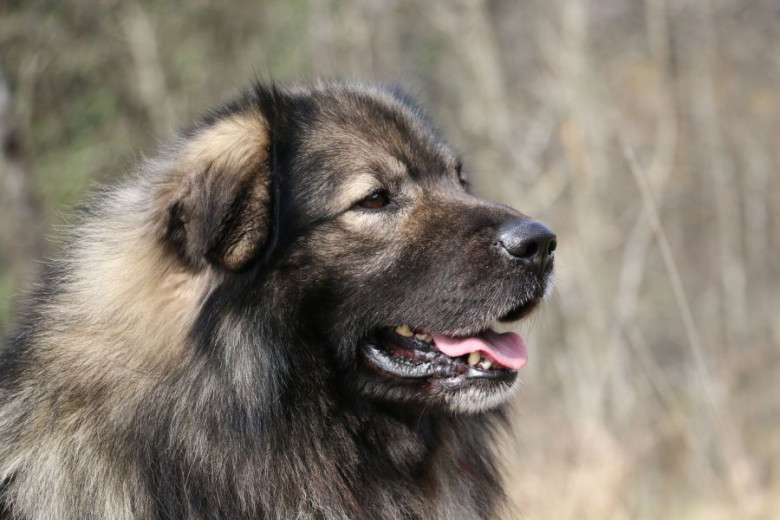
The Karst Shepherd Dog is of medium size, harmonious, robust, endowed with a well-developed musculature and a strong constitution. Photo: Blaž Vehovar
-
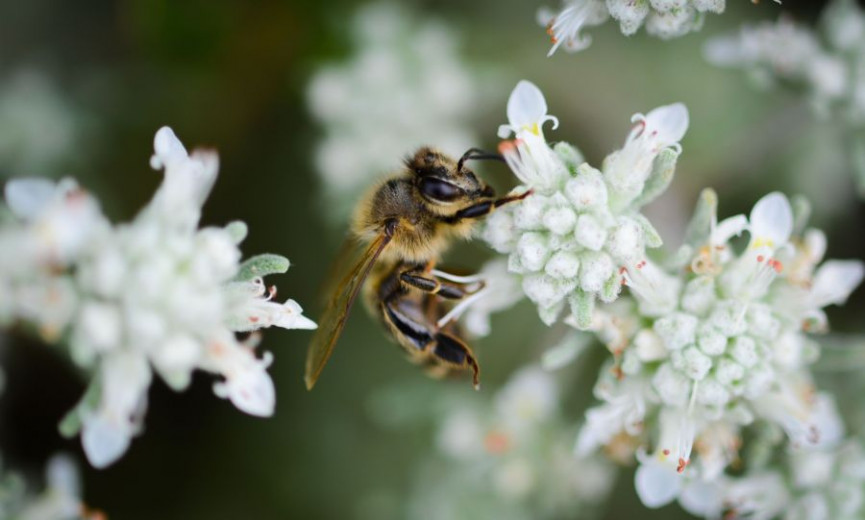
The Carniolan honey bee is native to Slovenia. Photo: STA
About us
Slovenians like to joke that they are so few in number that each of them certainly knows a friend's friend or that they are all even distantly related to each other.
However, due to linguistic, cultural, natural, and culinary diversity, Slovenians have the feeling that each day offers new discoveries. Slovenians are very proud that their language (including the unusual dual number) and culture have been preserved over the centuries.
Slovenia is a nation of poets. Between 250 to 300 collections of poems are published each year, and the number of books published per capita puts Slovenia at the top of the list of EU countries.
Slovenia is a nation of sports lovers; quite a few children learn how to ski before they even learn to walk. After all, Slovenia is home to the oldest skis found in Central Europe.
-
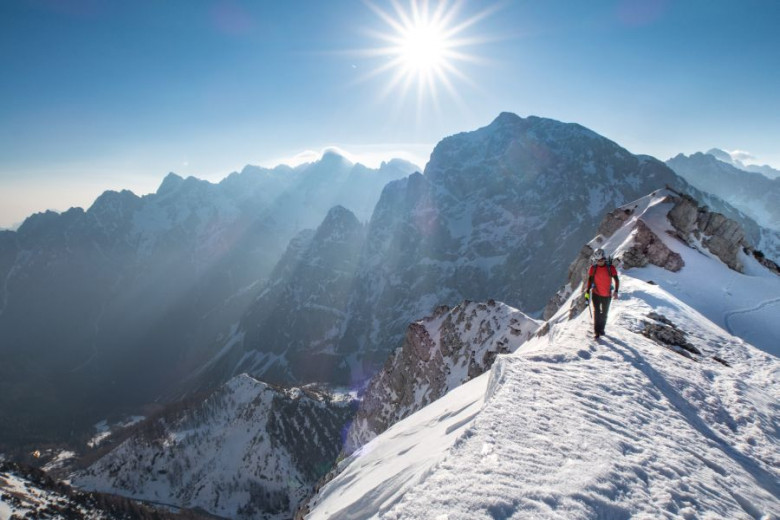
Mountaineer in Julian Alps. Photo: Jošt Gantar/www.slovenia.info
-
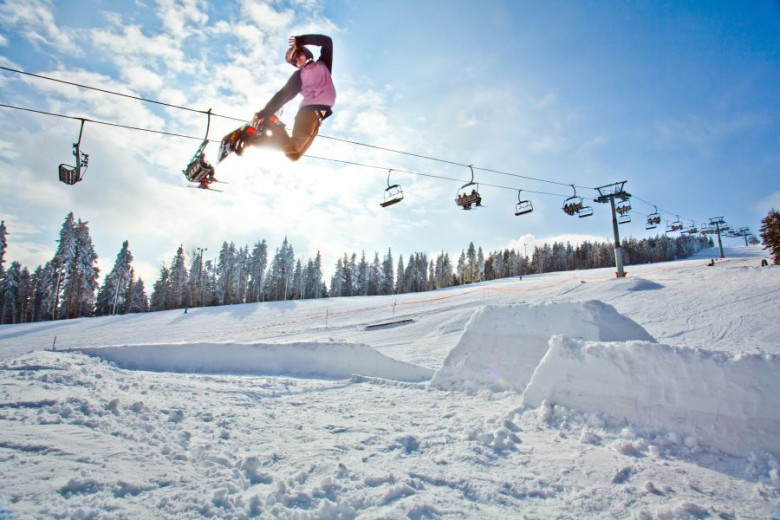
Ski Resort Kope. Jošt Gantar/www.slovenia.info
-
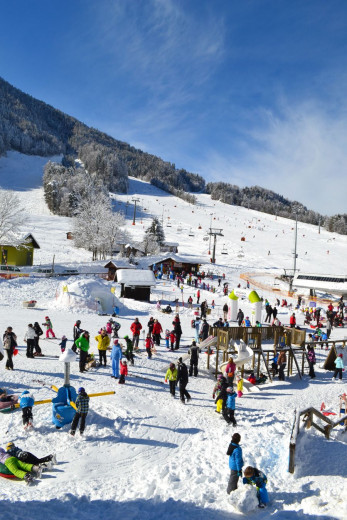
Ski slope Kranjska Gora. Kranjska Gora Tourist Board/www.slovenia.info
-
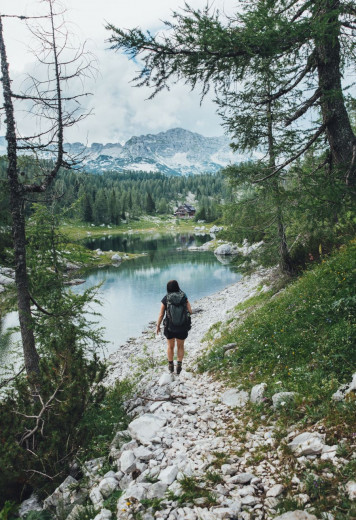
Hiking in Triglav National Park - valley of Triglavska jezera (Triglav lakes): Photo: Daniel Taipale/www.slovenia.info
-
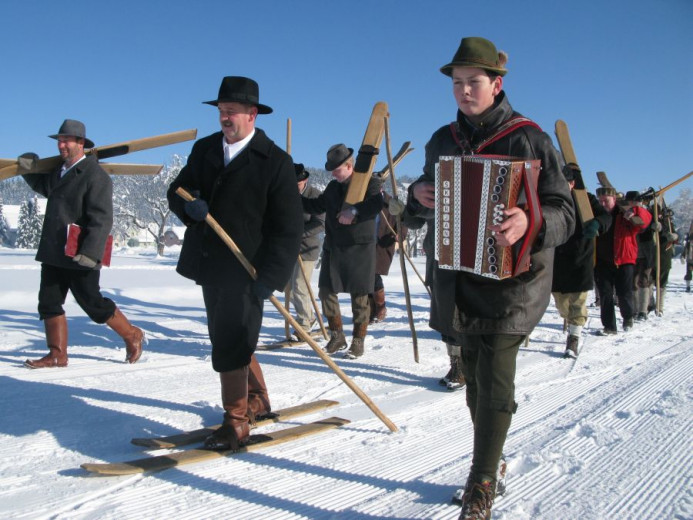
Old Bloke skiing. Photo: Dragica Jaksetič/www.slovenia.info
It is also a nation of mountain climbers. There is a frequent saying that nobody can be a true Slovenian without climbing Mount Triglav (2,864 m), Slovenia's highest mountain.
It is no cliché but pure truth that there are few countries in the world, if any, where one can hit the ski slopes of the Alps in the morning and then drive off to take a dip in the sea in the afternoon.
This can absolutely be done in Slovenia. All in the same day.
Date: 9. September 2019
Time to read: 2 min

